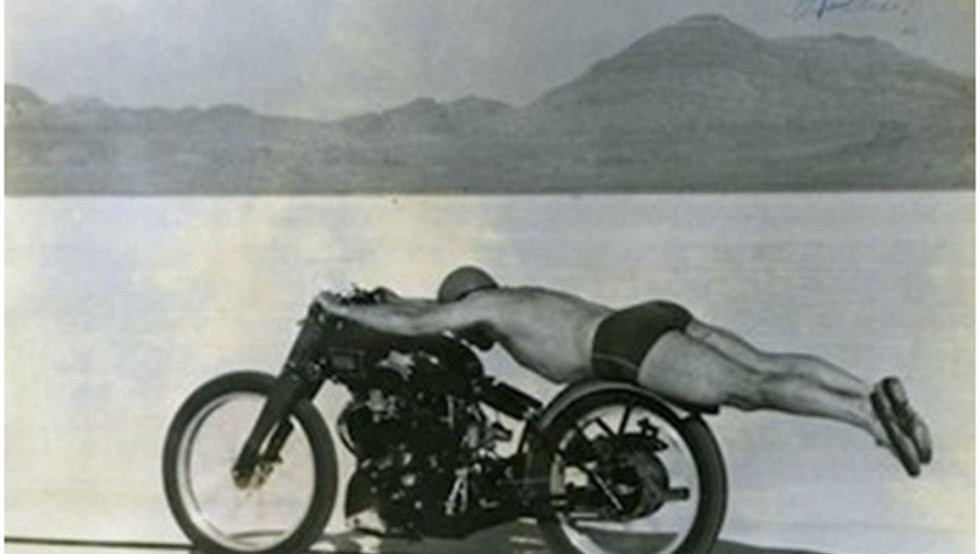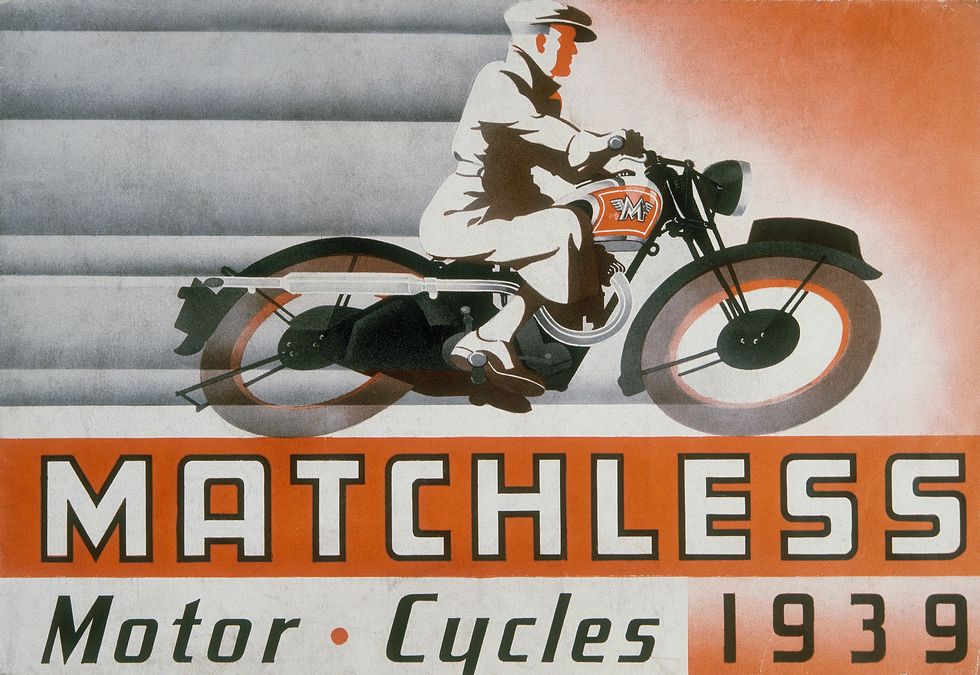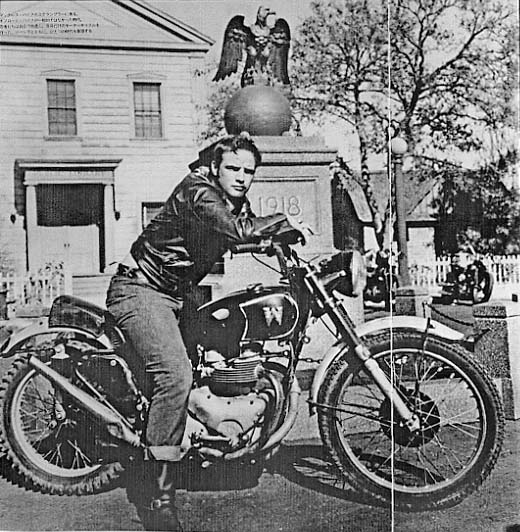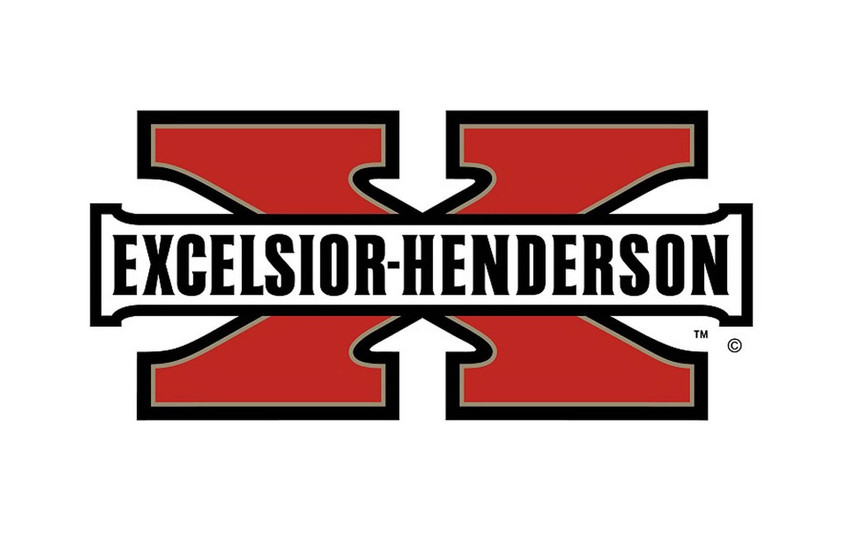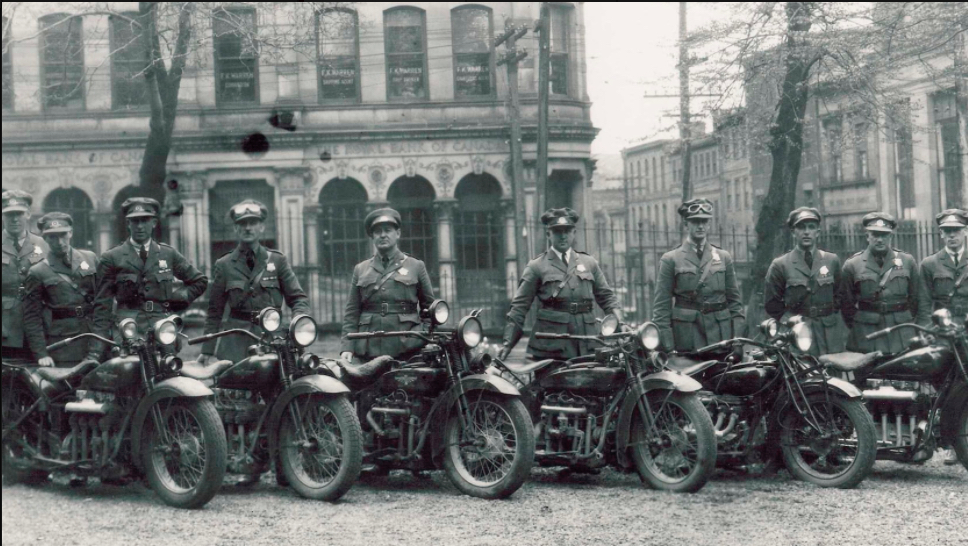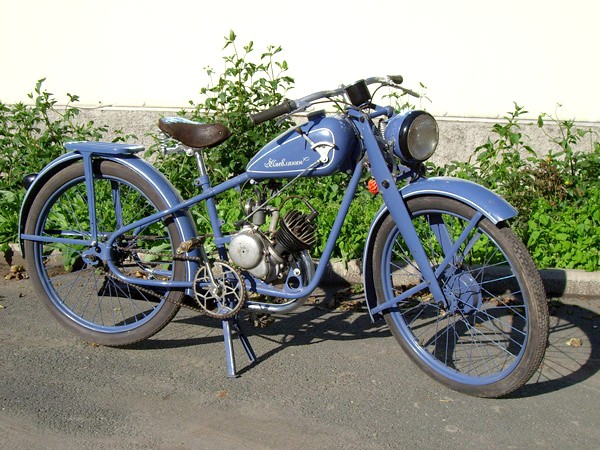10 Defunct Motorcycle Brands and the Stories Behind Them
- Sudip Issac Sam
- May 20, 2021
- 6 min read
Updated: Aug 14, 2021
As enthusiasts, we would all be familiar with the handful of major motorcycle brands around the world and following their latest developments with an eagle eye. But unbeknown to most of us, there have been several illustrious motorcycle brands in the past with their own interesting stories which sadly have been all but forgotten since their closure.
Below is a list of 10 iconic brands from motorcycle history which shone brightly at one point but ultimately went out of business due to falling demand, corporate restructuring, or political change. Some classic names such as Norton, BSA, and Jawa have recently been revived by Indian motorcycle companies and so they are excluded from this list.
1). Victory Motorcycles
Victory was an American cruiser motorcycle brand that was the brainchild of the ATV manufacturer - Polaris, as a more affordable and better-engineered competitor to the big V-twin cruiser behemoth - Harley-Davidson. It came into the market in 1998 with the Victory V92C capitalizing on the cruiser motorcycle sales boom of the 90s. Through its innovative designs and superior performance, the brand was able to build a reputation for itself and stay afloat through the 2008 financial crisis. But when Polaris acquired the Indian Motorcycle brand, they decided to close down the Victory brand in 2017, as Indian had eclipsed it in legacy, sales, and growth potential within just a few years.
2). Vincent Motorcycles
The creator of the legendary “Black Shadow”, one of the fastest production motorcycles of the 20th century, Vincent was an iconic British motorcycle manufacturer that was established in 1928 by motorcycle designer Philip Vincent. Setting a record of 150.3mph at the Bonneville Salt Flats in 1948, the Black Shadow is considered to be the very first superbike in the world. The company only produced around 11,000 units before closing down in 1955 and hence, a well-maintained Vincent can fetch anywhere from $100,000 to $1 Million in today’s auctions.
3). Matchless (AMC)
Established in London in 1899, Matchless is considered one of the oldest motorcycle manufacturers in British history. Matchless has a prestigious history of winning races, one of the first notable wins being the inaugural race of the Isle of Man TT championship in 1907 won by Charlie Collier, son of the founder Herbert Collier. Matchless is popular for introducing the “telescopic fork” front suspension system to their motorcycles in 1941 which they called the “teledraulic”. Matchless shut its doors in 1966 due to poor sales and subsequent bankruptcy.
4). NSU Motorenwerke
Getting its name from the abbreviation of “Neckarsulm”, the city where it was located, NSU Motorenwerke started life as a knitting machine manufacturer in 1873 and eventually became the first German motorcycle maker in 1901. Although their factory was completely destroyed during World War 2, they went on to become the largest motorcycle manufacturer in the world by 1955, producing around 350,000 units per year. From 1950 to 1955, they won several Grand Prix championships and broke several speed records, some of which impressively stand till today. In 1969 the company was merged into the Volkswagen group, effectively spelling an end to the marque.
5). MZ/DKW
In 1917, Danish entrepreneur Jorgen Rasmussen revealed the ‘Dampkraftwage’ (Steam Powered Car), and the trademark DKW was born. The factory situated in the East German town of Zschopau, started building motorcycles in the 1920s and was the world’s largest manufacturer by 1929. Post World War 2, the Soviets erased the name DKW and the company came to be known as ‘Motorradwerk Zschopau’ or MZ. Their RT125 model design was acquired as war reparation and put into production by Britain, the US, Russia, and other allied members, making it one of the most influential motorcycle designs that brought the post-war world back to work. The two-stroke MZ motorcycles were utilitarian and fast while staying cheaper than their Japanese counterparts, which secured them several victories at the European Enduro Championships as well as a sales milestone of 2 million units by 1983.
After the fall of the Berlin Wall in 1989, the company was taken over by a Turkish and then a Malaysian firm but eventually closed down in 2008 due to continuing losses.
6). Excelsior-Henderson Motorcycles
Founded in 1876, the Excelsior Supply Company was a Chicago-based bicycle manufacturer that started producing motorcycles in 1905, which were known for their V-twin engine configuration. Excelsior motorcycles were the first to hit the 100mph mark and were popular among racing enthusiasts of the time. Henderson, on the other hand, was a Detroit-based motorcycle manufacturer that started production in 1912 and was known for its inline 4-cylinder engines. Carl Stearns Clancy became the first person to circumnavigate the globe on a Henderson the same year. In 1917, the Schwinn Bicycle Company purchased and merged both the brands to form ‘Excelsior-Henderson’, which became the 3rd largest American motorcycle manufacturer behind Harley-Davidson and Indian motorcycles. But in the face of the looming Great Depression, Schwinn was forced to close down the company in 1931.
Following the American cruiser motorcycle boom in the 1990s, the moniker saw a brief revival with the ‘Super X’ but soon shut down in 2000 due to funding issues.
7). Cagiva
Named after the founder CAstiglioni Giovanni and its factory location at Varese, Italy, Cagiva started producing motorcycles in 1978 after purchasing the AMF-Harley-Davidson factory in Varese. Sales of its two-stroke 125cc and 350cc motorcycles quickly took off and in the 1980s, they were able to buy out their competitors such as Ducati, Moto Morini, Husqvarna, and MV Agusta. Cagiva made forays into Motocross, 500cc Grand Prix, and Dakar Rally Championships during this time and was also able to secure podium finishes. The Cagiva Research Center (CRC) was set up in 1987 under the leadership of renowned designer and founder of Bimota – Massimo Tamburini, who produced legendary motorcycles such as the Ducati 916 and Mito 125, which was a favorite of Valentino Rossi.
Facing financial trouble and internal restructuring, the Ducati and Moto Morini brands were sold off and MV Agusta was made the parent brand in 1999. Harley-Davidson bought the brand in 2008 but later sold it to Claudio Castiglioni, the son of the founder. Presently, with focus given to MV Agusta, the Cagiva marque is no longer active.
8). KMZ/Dnepr
Established in 1945, the KMZ (Kiev Motorcycle Plant) was one of the first motorcycle brands conceived behind the iron curtain of the Soviet Union. KMZ’s first motorcycle, the “Kievlyanin” K1B was based on the German brand, Wanderer’s ‘SP1’, which had been confiscated as war reparations. In 1949 they released the M72 which was based on BMW’s R71. The sidecar attached version of this model became a quick hit with the Soviet military as its boxer engine provided ample power without using as much fuel as a four-wheeler. In 1967, to commemorate the 50th anniversary of the “October Revolution” that started the Soviet regime, the K-650 “Dnepr” model was released that included a reverse gear, which was also later used as transport vehicles for the Kremlin. Since the fall of the USSR in 1991, the plant has stopped production.
9). Bultaco Cemoto
The story of the Spanish Bultaco Motorcycles started in 1958 when Fransesco “Paco” Bulto, after disagreements with his business partners, resigned from another motorcycle marque and started his own company. Its name comes from the contraction of ‘Bulto’, the founder’s name and ‘Paco’ his nickname, and Cemoto stands for ‘Compañia Española de Motores’ (Spanish Motor Company).
Bultaco’s secret to success was two-stroke engines which made much more power than the competition while staying light which gave them great power to weight ratio. Bultaco was known for their high-speed off-road motorcycles, the most famous of which was the ‘Sherpa T’ that was built with the help of Sammy Miller, one of the world’s greatest Observed Trials riders in just 12 days in 1964. They went on to dominate the sport for the next 15 years. Bultaco motorcycles were exported throughout the world but facing industrial unrest and intense competition from Japanese two-strokes, the brand was closed down.
1). Maserati Motorcycles
Maserati was known not only for their supercars. In the 1950s, Maserati, which was a conglomerate of various businesses belonging to the Orsi family was split among its three siblings, two brothers, and a sister. The sister, Ida, acquired the spark plug division of the business called “Fabbrica Candele e Accumulatori Maserati” and also the rights to use the ‘Trident’ logo. Demand for cheap motorized transport was increasing at the time and so Fabbrica Candele e Accumulatori Maserati purchased an existing motorcycle manufacturer ‘Italmoto’ in 1953 and started Maserati’s venture into motorcycles.
Their first model was a 160cc touring bike called “Tipo 160” based on Italmoto’s designs followed by L/125/T2 inspired by the German DKW. Maserati motorcycles were popular among the youth and initially enjoyed success in South American, European, and North African markets. But in 1960 due to stiff competition from other renowned Italian marques, the invasion of FIAT’s small cars into the price range and financial trouble within the Orsi family led to the liquidation of Maserati Motorcycles.














